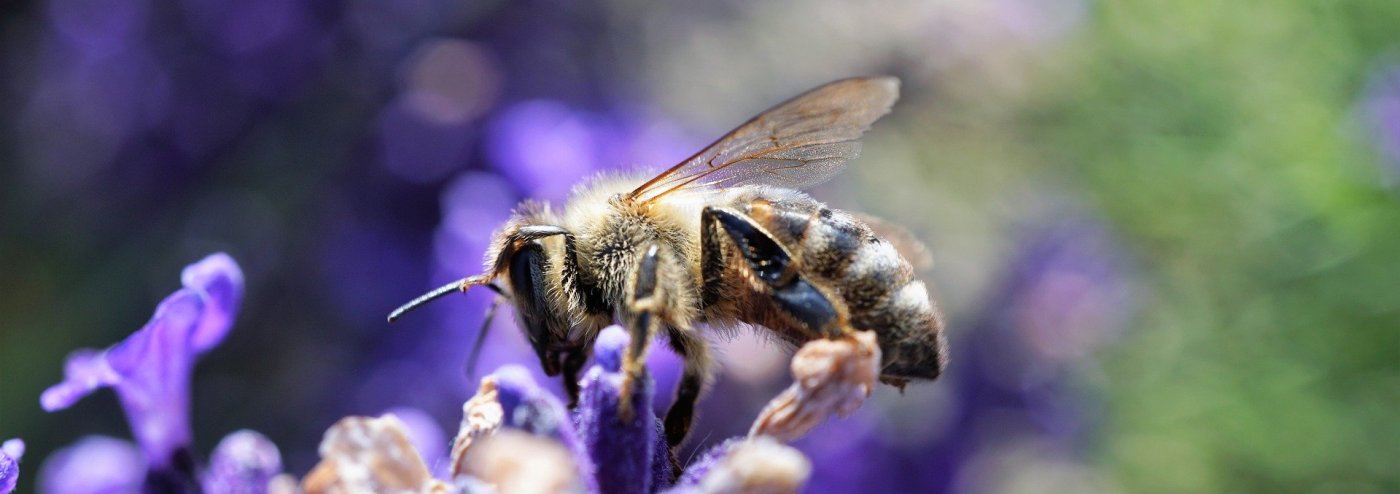
Max 20 extinctions per year: A new target for biodiversity
Abstract
Although worldwide loss of biodiversity arising from human activities is widely known, policy has been unable to arrest the decline (1). Much of this failure can be attributed to a lack of mainstreaming of biodiversity in public policy (2, pp. 741–762) and limitations in raising the profile of biodiversity loss for politicians and the public. Of the 20 Aichi Biodiversity Targets (ABTs) established in 2010 by the Convention on Biodiversity (CBD), only four show good progress, whereas 12 related to the state of nature show worsening trends (1). With the 2020 target date for the ABTs now upon us, it is critical to define a post-2020 agenda to arrest the loss of biodiversity. This will require a target, underpinned by a clear global goal for biodiversity, that can be readily communicated to galvanize both political will and public support. Similarly to how the climate change community uses a single indicator (global mean temperature change) and a target (maximum 2°C rise relative to preindustrial levels) as a rallying point for policy action and agreements, we propose a 2°C-like target for biodiversity (see table S1): a measurable, near-term target of keeping described species extinctions to well below 20 per year over the next 100 years across all major groups (fungi, plants, invertebrates, and vertebrates) and across all ecosystem types (marine, freshwater, and terrestrial).
Free Summary as PDF: here
Free Reprint as PDF: here
Free Fulltext as PDF: here
Paper on Science website (access depending on institution): here
Nature Editorial Comment: here
